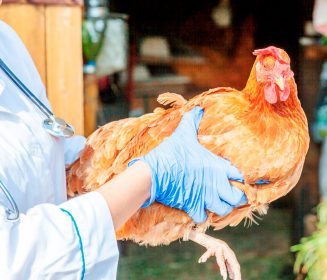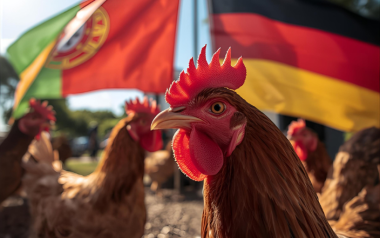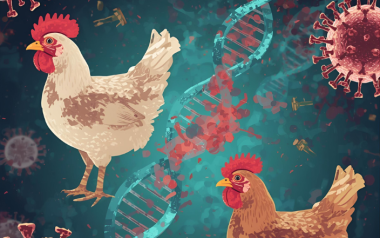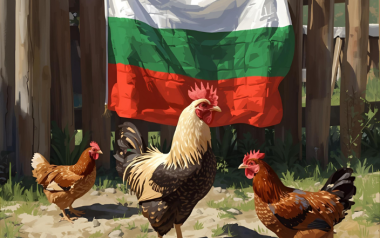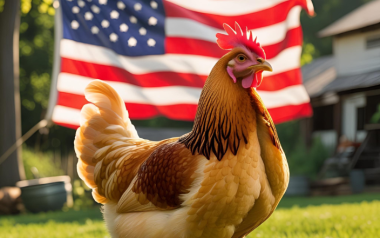Sources: Available upon request.
21 Dec 2024
Avian Influenza: emergency declared in California
California Governor Gavin Newsom has declared a state of emergency due to a severe outbreak of avian influenza, commonly known as bird flu. This decision follows a rapid increase in cases among both wild and domestic bird populations, as well as dairy cows, raising concerns about public health, agriculture, and the economy.
California Governor Gavin Newsom has declared a state of emergency due to a severe outbreak of avian influenza, commonly known as bird flu. This decision follows a rapid increase in cases among both wild and domestic bird populations, as well as dairy cows, raising concerns about public health, agriculture, and the economy.
The outbreak
The current strain of bird flu, identified as H5N1, has been spreading swiftly across various regions of California. Wildlife officials have reported numerous cases in migratory birds, which are believed to be the primary carriers of the virus. The infection has also been detected in several poultry farms and dairy herds, leading to the culling of thousands of birds and cows to prevent further spread.
Impact on agriculture
California’s poultry and dairy industries, significant contributors to the state’s economy, are facing substantial challenges due to the outbreak. The culling of infected animals, along with quarantine measures, has disrupted production and supply chains. Farmers are experiencing financial losses, and there are concerns about potential shortages of poultry and dairy products in the market.
Public health concerns
While bird flu primarily affects birds and some mammals, there is a risk of transmission to humans, particularly those who are in close contact with infected animals. Health officials are closely monitoring the situation and have urged the public to avoid handling sick or dead birds and cows. They have also emphasized the importance of biosecurity measures on farms and in areas where wild birds are present.
Government response
In response to the outbreak, Governor Newsom has declared a state of emergency, enabling the state to mobilize resources more effectively and coordinate efforts to contain the virus. The declaration allows for increased funding for surveillance, testing, and research, as well as support for affected farmers and businesses. This proactive approach aims to enhance the state’s preparedness and accelerate the ongoing cross-agency response efforts.
Preventive measures
Authorities are implementing several preventive measures to control the spread of the virus. These include increased surveillance of bird and dairy populations, restrictions on the movement of poultry and dairy products, and public awareness campaigns about the risks and symptoms of bird flu. The state is also working with federal agencies and neighboring states to monitor and manage the outbreak.
Looking ahead
The declaration of a state of emergency underscores the seriousness of the bird flu outbreak in California. While efforts are underway to contain the virus, the situation remains fluid, and ongoing vigilance is required. The collaboration between government agencies, the agricultural sector, and the public will be crucial in mitigating the impact of this outbreak and preventing future occurrences.








